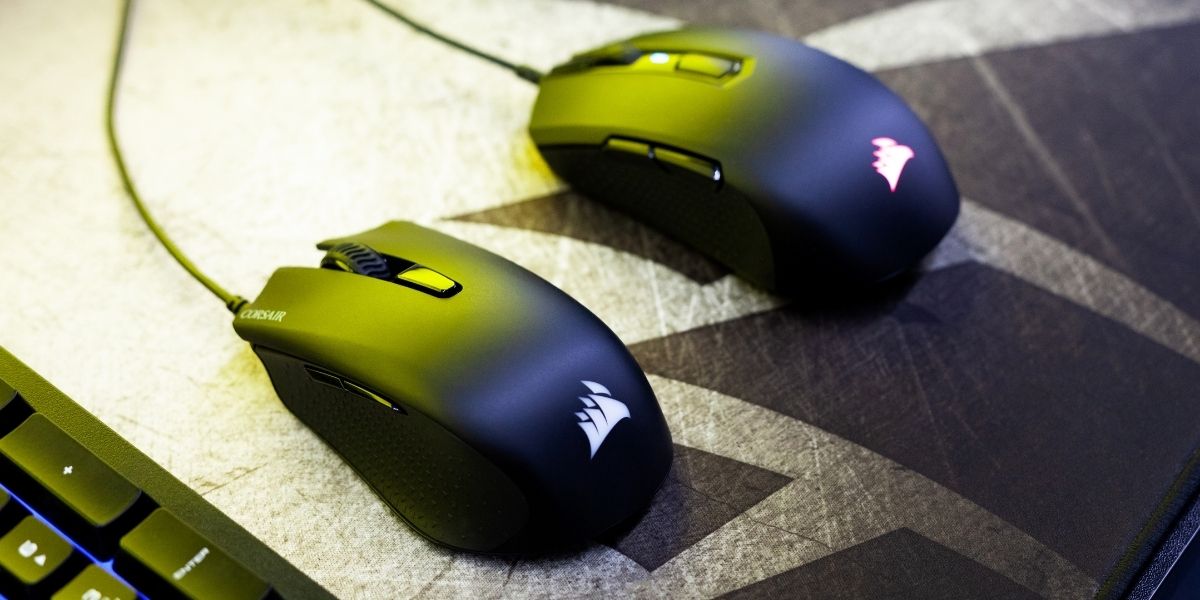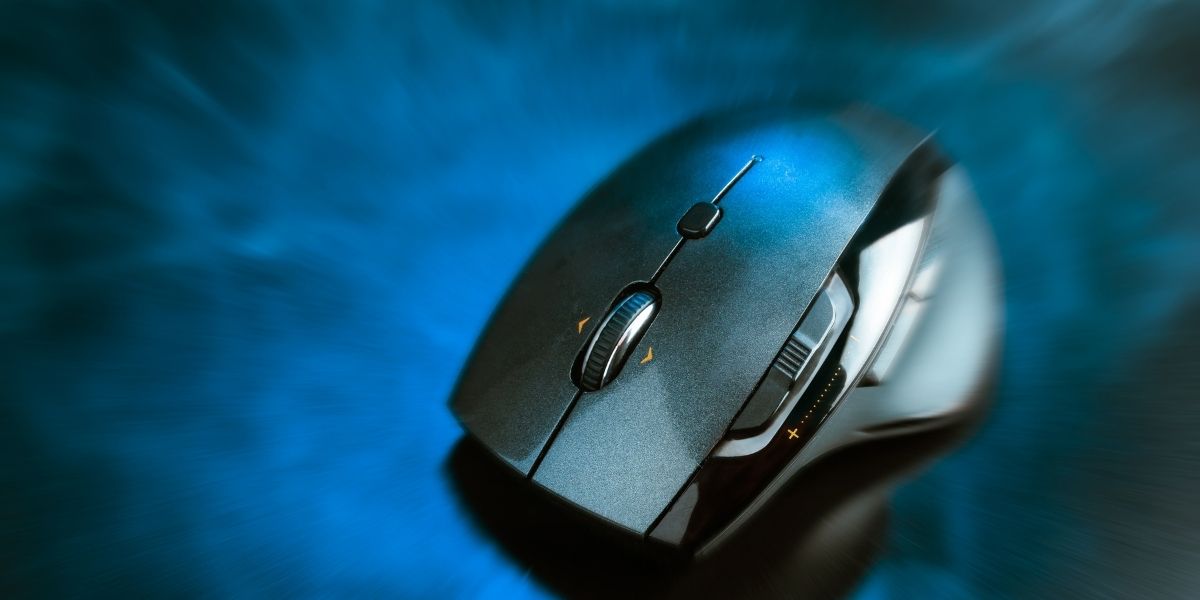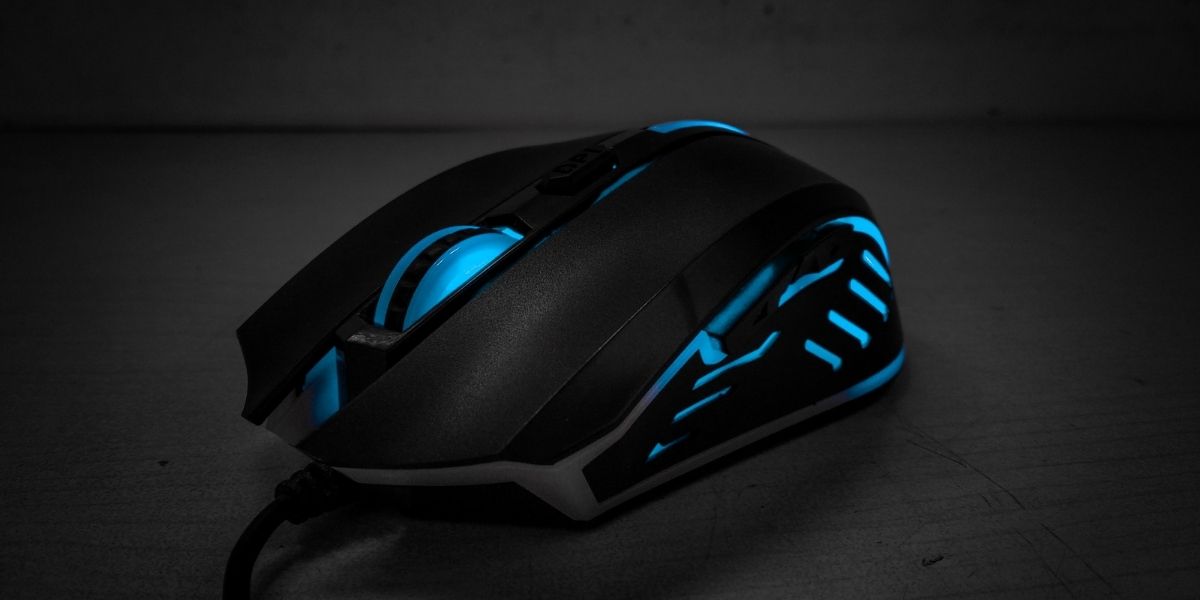If you’re an avid gamer, you’ve probably heard the term “DPI” thrown around when discussing gaming mice.
But what exactly does it mean, and how does it affect your gaming experience?
In this article, we’ll cover what is dpi in a gaming mouse, including how it impacts gaming performance and accuracy, and how to find the best DPI setting for your personal preferences and gaming needs.
Key Takeaways
- DPI stands for Dots Per Inch and represents the sensitivity of a computer mouse.
- Higher DPI settings result in faster cursor movement, while lower DPI settings provide more precise control.
- Mouse DPI is just one aspect of a gaming mouse’s functionality; other factors such as polling rates, ergonomics, and button layout also impact your gaming experience.
- The ideal DPI setting depends on personal preference, the type of game being played, and monitor resolution.
- Key Takeaways
- What is DPI in a Gaming Mouse?
- Why DPI Matters in Gaming Mice
- DPI and Monitor Resolution: A Crucial Relationship
- How to Choose the Right DPI for Your Gaming Mouse
- DPI Profiles: Switching DPI Settings for Different Games
- Assessing DPI in Relation to Other Gaming Mouse Features
- DPI in Relation to Mouse Acceleration
- DPI and Polling Rate
- DPI and Angle Snapping
- Final Thoughts
- Frequently Asked Questions
What is DPI in a Gaming Mouse?

DPI stands for Dots Per Inch, and it represents the sensitivity of a computer mouse.
Essentially, it determines how many pixels (dots) the cursor moves on the screen per linear inch of physical movement on your mouse pad.
A higher DPI means that your mouse’s sensitivity will be increased, resulting in faster cursor movement across the screen.
Conversely, a lower DPI number results in slower cursor movement and less physical movement required to cover the same distance on the screen.
It’s important to note that DPI sensitivity is different from in-game mouse sensitivity settings, which can also affect the speed and accuracy of your mouse movement.
While DPI is a hardware-based attribute of your gaming mouse, in-game sensitivity is a software setting that can be adjusted independently of your mouse’s DPI.
Looking for a Gaming Mouse?? Our guide on the best might be just what you’re looking for –
Check it out here
Why DPI Matters in Gaming Mice
DPI plays a crucial role in gaming performance, as it can significantly impact both speed and accuracy.
Gamers often require precise control over their mouse movements, particularly in first-person shooters or other games where pinpoint accuracy is essential.
High and low DPI” settings can be advantageous in certain situations, such as when playing on a high-resolution monitor where more pixels need to be covered.
However, lower DPI settings can offer more precision and control, especially for small movements or when aiming at distant targets.
Ultimately, the best DPI setting for you will depend on your personal preference, the type of games you play, and your monitor’s resolution.
DPI and Monitor Resolution: A Crucial Relationship

When considering DPI, it’s essential to factor in your monitor’s resolution.
Higher resolution monitors display more pixels per inch, which means that a higher DPI setting may be necessary to cover the screen effectively.
On the other hand, lower resolution monitors may not require as high of a DPI setting for smooth cursor movement.
For example, if you’re gaming on a 4K monitor, a very high sensitivity or DPI mouse may be more beneficial to ensure quick and accurate cursor movement across the large number of pixels.
Conversely, a 1080p monitor may work well with a lower DPI setting, providing more precise control without sacrificing speed.
It’s important to find the right balance between DPI and monitor resolution to ensure the best gaming experience possible for most people.
Read our review of Razer Viper V2 Pro
How to Choose the Right DPI for Your Gaming Mouse
When selecting a gaming mouse, it’s important to consider its DPI range and how it aligns with your needs.
Modern gaming mice tend to often come equipped with adjustable DPI settings, allowing you to fine-tune your mouse’s sensitivity to your personal preference.
To find your preferred DPI setting, start by testing the lowest and highest DPI settings on your mouse.
Gradually adjust the DPI in increments until you find a setting that feels comfortable and allows you to maintain a high level of accuracy and control in your games.
It may take some trial and error, but eventually, you’ll develop muscle memory for your chosen DPI and improve your overall gaming performance.
Keep in mind that different types of games may require different DPI settings.
For a shooter game for example, first-person shooters often benefit from lower DPI settings for better precision, while high DPI settings might be more suitable for fast-paced action games where speed is paramount.
DPI Profiles: Switching DPI Settings for Different Games

Many gaming mice offer the ability to create and store multiple DPI profiles, allowing you to quickly switch between different DPI settings depending on the game you’re playing.
This can be particularly useful for gamers who enjoy a variety of game genres and require different levels of sensitivity for each.
Creating mouse DPI profiles is typically done through the gaming mouse’s manufacturer software, where you can customize and save various DPI settings for easy access.
Once your profiles are set up, switching between them is usually as simple as pressing a dedicated DPI button on the mouse or selecting the desired profile within the same software settings.
Assessing DPI in Relation to Other Gaming Mouse Features
While DPI is an important factor in choosing a gaming mouse, it’s essential not to overlook other features that can also impact your gaming experience. Here are some additional aspects to consider when selecting a gaming mouse:
- Sensor type: Gaming mice can have either optical or laser sensors. Optical sensors are known for their accuracy and reliability, while laser sensors offer higher DPI ranges and work well on various surfaces.
- Ergonomics: A comfortable and well-designed mouse can significantly improve your gaming experience, especially during extended sessions. Look for a mouse with a shape and size that suits your grip style and hand size.
- Button layout: The configuration and number of programmable buttons on a gaming mouse can enhance your gameplay by providing quick access to frequently used commands or macros.
- Wired vs. wireless: While wired gaming mice offer a more stable and lag-free connection, wireless mice provide more freedom of movement and eliminate cable clutter.
By taking these factors into account along with DPI, you can make a more informed decision when choosing the right gaming mouse for your needs.
DPI in Relation to Mouse Acceleration
Mouse acceleration is a feature that changes the cursor speed based on how quickly you move your mouse.
With acceleration enabled, faster mouse movements result in faster cursor movement, while slower mouse movements yield more precise, slower cursor movement.
This can be useful for navigating large screens or high-resolution monitors but may interfere with accuracy in gaming, particularly at higher DPI settings.
Some gamers prefer to disable mouse acceleration for more consistent and precise cursor movement in most games, regardless of the speed at which they move their mouse.
Experiment with and without mouse acceleration to determine which setting works best for you in combination with your chosen DPI settings.
DPI and Polling Rate

The polling rate refers to how often the mouse reports its position to the computer, measured in Hertz (Hz).
A higher polling rate can improve the responsiveness of a gaming mouse, especially at higher DPI settings.
For example, a mouse with a polling rate of 1000 Hz reports its position every millisecond, resulting in smoother and more precise mouse cursor and movement.
When choosing a gaming mouse, consider both its DPI range and polling rate to ensure optimal performance in your games.
Some gaming mice offer adjustable polling rates, allowing you to fine-tune your mouse’s responsiveness to your personal preferences.
DPI and Angle Snapping
Angle snapping, also known as prediction, is a feature in some gaming mice that helps users draw straight lines by slightly correcting their cursor movement.
When angle snapping is enabled, the mouse’s sensor detects the intended direction of movement and makes small adjustments to keep the cursor on a straight path.
While this feature can be useful for certain tasks, such as graphic design or photo editing, it may interfere with accuracy in gaming, particularly at higher DPI settings.
In fast-paced games or those that require precise aiming, disabling angle snapping may provide a more accurate and natural cursor movement.
Check your mouse’s manufacturer software to see if angle snapping can be toggled on or off and experiment with different settings to find the best fit for your gaming needs.
Final Thoughts

Understanding how much DPI is in gaming mice is crucial for optimizing your gaming experience and performance.
By experimenting with different DPI settings and finding the perfect balance between speed and accuracy, you can enhance your in-game control and overall enjoyment.
Remember that personal preference plays a significant role in determining the ideal DPI setting, so don’t be afraid to try out different configurations until you find the one that works best for you.
With the right DPI setting tailored to your gaming needs, you’ll be well-equipped to dominate the digital battlefield.
Need A Gaming Mouse?
If you’re looking for a gaming mouse, it can be hard to find the right one for you. Check out our guide on the best ones by clicking here
Frequently Asked Questions
What is the ideal DPI setting for FPS games?
The ideal DPI setting for first-person shooter games varies depending on personal preference and monitor resolution. Generally, lower DPI settings (between 400-800) offer more precision and control, which can be beneficial in FPS games.
How does DPI affect productivity outside of gaming?
DPI can also impact tasks such as graphic design, photo editing, and general computer use. A higher DPI setting may improve productivity by allowing for faster cursor movement and less physical effort, while lower DPI settings may offer better precision for detailed work.
Can I change the DPI settings on a non-gaming mouse?
Some non-gaming computer mice may allow for DPI adjustments, though the options are often more limited than those found on gaming mice. Check your mouse’s documentation or manufacturer website to determine if DPI adjustments are possible and how to make them.


